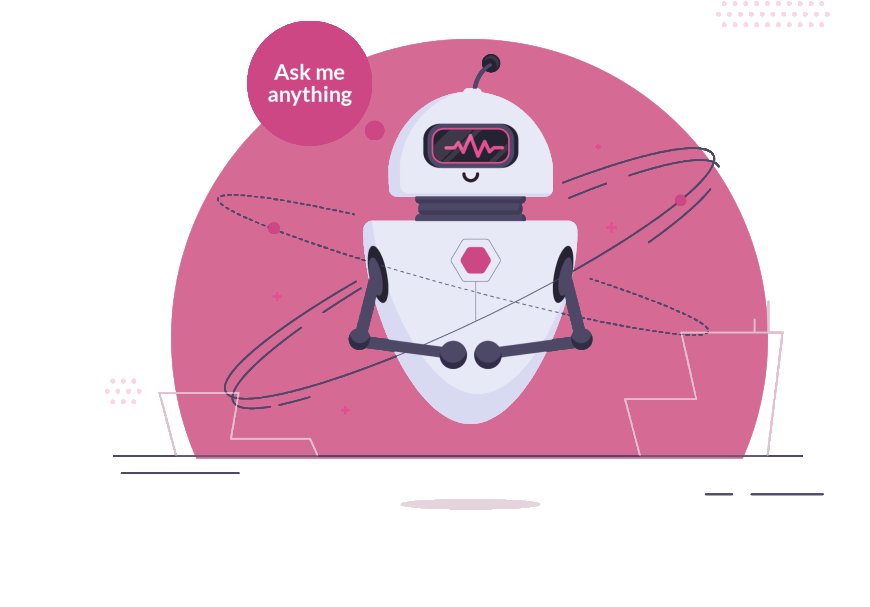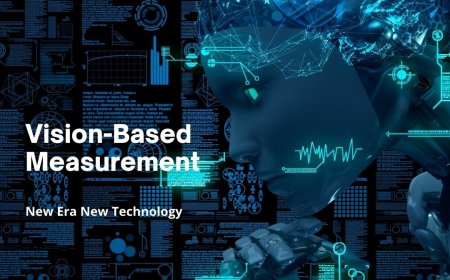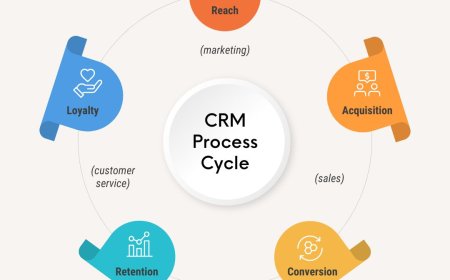What Are the Key Challenges Enterprises Face in AI Voice Bot Development Today?
AI voice bot development offers immense potential, but enterprises face critical challenges such as ensuring natural language accuracy, integrating with legacy systems, maintaining data privacy, and achieving multilingual support.

AI voice bots are rapidly becoming a core component of enterprise communication strategies, offering real-time, automated, and conversational interactions that elevate customer experiences and streamline operations. However, while the technology holds tremendous promise, its development and implementation are not without obstacles. From technical complexity to ethical concerns, enterprises face a range of challenges that can delay deployment, affect performance, or lead to suboptimal outcomes if not addressed properly.
In this blog, we explore the key challenges enterprises encounter in AI voice bot development todayand what steps can be taken to overcome them.
1.Achieving Natural and Contextual Understanding
One of the most fundamental challenges in AI voice bot development is creating a system that can understand and respond in a human-like, context-aware manner. Despite advances in Natural Language Processing (NLP) and Automatic Speech Recognition (ASR), voice bots still struggle with:
-
Recognizing diverse accents and dialects
-
Handling slang, informal language, and background noise
-
Understanding context across multi-turn conversations
-
Interpreting intent accurately when users speak ambiguously
This lack of nuance often results in miscommunication, user frustration, and task failure. Developers must fine-tune large language models with domain-specific training data, incorporate feedback loops, and employ conversation memory mechanisms to enhance understanding.
2.Integration with Legacy Systems
AI voice bots must interact with multiple enterprise systems such as CRMs, ERPs, support databases, and payment gateways to fulfill customer requests in real-time. However, many enterprises still operate on outdated or fragmented IT infrastructure, making seamless integration a significant hurdle.
Common integration challenges include:
-
Incompatible APIs or lack of API access
-
Security restrictions within older systems
-
Real-time data synchronization issues
-
High cost and time required for customization
To overcome this, businesses should invest in middleware solutions, modernize critical backend systems, and choose voice bot platforms with pre-built connectors and robust API libraries.
3.Ensuring Data Privacy and Compliance
AI voice bots often handle sensitive customer data, such as financial information, healthcare records, or personally identifiable details. This introduces a major compliance risk, especially under strict regulations like GDPR, HIPAA, and CCPA.
Enterprises must address:
-
Secure transmission and storage of voice data
-
Encryption and anonymization protocols
-
Consent management and user data control
-
Regular audits and governance policies
Failure to implement robust data privacy and cybersecurity frameworks can lead to breaches, legal penalties, and reputational damage. Privacy-by-design principles and collaboration with legal and compliance teams are essential from day one.
4.Multilingual and Multiregional Deployment
As global organizations serve diverse populations, voice bots must support multiple languages, dialects, and cultural nuances. Yet, multilingual voice bot development is complex and resource-intensive.
Challenges include:
-
Shortage of high-quality training data in non-English languages
-
Maintaining consistent tone and intent across translations
-
Adapting voice personas to cultural expectations
-
Ensuring regional compliance (e.g., data localization laws)
To scale globally, enterprises must utilize multilingual NLP models, partner with native language experts, and implement regional tuning and testing procedures.
5.Balancing Automation with Human Handoff
AI voice bots cant handle every situationparticularly complex, sensitive, or emotionally charged conversations. Enterprises must design workflows that allow for seamless escalation to human agents without losing context.
Key concerns include:
-
Recognizing when escalation is needed
-
Transferring full conversation history to the agent
-
Minimizing customer effort and repetition
-
Training agents to work effectively alongside bots
A successful handoff requires strong AI-human collaboration, dynamic routing mechanisms, and shared dashboards to ensure continuity and quality of service.
6.Latency and Real-Time Responsiveness
Voice interactions demand instantaneous processing to feel natural. Any delay or latency can break the conversational flow, leading to user dissatisfaction. Ensuring real-time responsiveness involves:
-
High-performance cloud or edge computing infrastructure
-
Efficient speech-to-text and text-to-speech conversion
-
Optimized NLP pipelines for rapid intent recognition
-
Redundancy and load balancing for high traffic volumes
This technical challenge requires robust infrastructure, scalable architecture, and ongoing performance tuning.
7.Maintaining and Improving Bot Performance
AI voice bots must be continuously refined post-launch. However, monitoring, updating, and retraining bots at scale is challenging due to:
-
The need for continuous data labeling and analysis
-
Managing version control across environments
-
Balancing automation with manual tuning
-
Identifying and fixing conversation dead ends
Enterprises must invest in conversational analytics, deploy A/B testing frameworks, and implement regular model retraining using customer feedback and real-world interactions.
8.Managing Customer Expectations and Adoption
Even the best-designed AI voice bot can fail if users dont trust or understand how to interact with it. Managing customer expectations is crucial for adoption and satisfaction. Issues include:
-
Users expecting human-like behavior beyond the bots scope
-
Misunderstandings about the bot's capabilities
-
Negative bias due to previous poor bot experiences
To address this, enterprises should:
-
Clearly define what the bot can and cannot do
-
Use branding and onboarding to build trust
-
Monitor sentiment and adjust tone and behavior accordingly
Conclusion: Overcoming Challenges to Unlock Value
While the road to AI voice bot success is filled with technical, strategic, and operational challenges, these hurdles are not insurmountable. Enterprises that take a proactive, informed, and iterative approach to AI voice bot development can unlock immense valuestreamlining customer interactions, reducing costs, and creating standout omnichannel experiences.
By prioritizing integration, data privacy, multilingual support, and continuous optimization, organizations can stay ahead in the voice-first digital future. The key is not just building botsbut building them the right way.












































